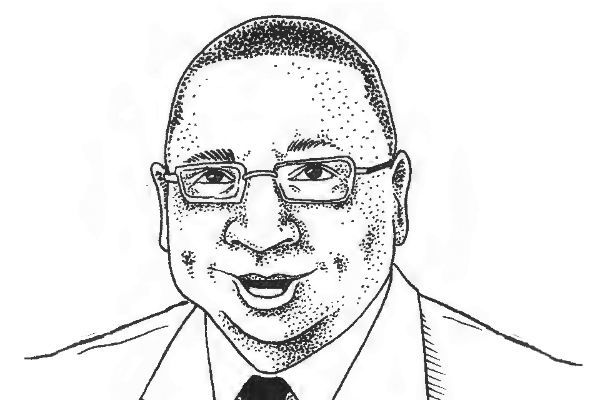For Larry Gossett, it’s all about working together. With the death of “Uncle” Bob Santos, the 71-year-old King County Council member is the last living member of the Four Amigos, a legendary quartet of non-white activists who spent decades working to make Seattle more just for the little people. Previously departed members include Bernie Whitebear, who helped lead the Native occupation of Fort Lawton that led to the creation of Discovery Park, and Roberto Maestas, co-founder and former executive director of El Centro de la Raza.
We asked Gossett how it feels to be the last Amigo standing, and what an activist of his generation thinks of the current wave of young activism most clearly exemplified by the Black Lives Matter movement.
What do you see as the legacy of the Four Amigos? Our ability to come together as deep-rooted grassroots leaders and activists in the African-American, Latino, Asian, and Native American communities and show people that we can subjugate any idea of the primary interests of any one group for the idea of the whole, the good of the effort we were involved in. Besides political leaders, we were friends. We went to weddings together. We went down to Bush Garden and sang karaoke together. We traveled together. Roberto was the best man at my wedding. We’re at each other’s kids’ birthdays or social occasions. Every January 1st, Roberto and I went to Bob’s annual dinner because he was a superb cook and entertainer.
How does your generation’s activism compare to Black Lives Matter? Favorably. In the late ’60s and early ’70s, we were mobilizing our respective communities to support concrete economic efforts to create jobs in the construction industry for blacks; to support the historic fishing rights of Native Americans; to put pressure on King County, who built the Kingdome and wasn’t putting enough money into sustained, social housing and business growth in the International District.
What I like about the Black Lives Matter movement is that I see Asians, Native Americans, and whites not only supporting Black Lives Matter demonstrations, particularly on the unnecessary killing of black men, but weighing in on other issues by wearing shirts and jerseys that say Black Lives Matter. During the ’60s and ’70s, I don’t remember anybody else wearing Black Power shirts but African Americans. So in some ways they’ve gone a little bit beyond us.
What do you want to see the next generation of activists to accomplish? More radical transformation of the democratic experience in this country. We still have really vast economic inequality. We need fair distribution. Bias around race issues is a problem throughout our country.
Let’s get concrete about what that radical transformation would look like. You’ve been criticized by many in this new generation of activists for supporting the King County Children and Family Justice Center, aka the new youth jail. Partly because of the pressure [from activists], and partly due to what was already a part of the effort going on since 2001, 2002, of supporting alternatives to incarceration in the forms of intervention and retention efforts, the new facility, first of all, is not going to cost any more than the one that was built in 1952 did, $40 million. And it’s going to have a hundred fewer beds, and one-third of the units that are built are going to be convertible for expanding intervention and prevention programming, like therapeutic drug counseling, multifacet family therapy, [and] domestic-violence classes. [Note: The total facility will cost $210 million. The portion dedicated to jailing youth is $40 million.]
Because of those three things, I don’t think you can say, “They’re building a new jail, and they’re gonna put our people in it and we don’t need to build a new jail, we can just keep the old one.” … One-fifth of a building being used for detention, another four-fifths for therapeutic and courtrooms and probation officers and family workers and judges, is not the evil that the opponents are projecting.
What do you think of the larger goal of eliminating or radically reducing incarceration? Who could disagree with that? Well, there are people that disagree with that. I have colleagues that disagree with that. I think that that is an admirable goal and it’s one we should keep working on. I don’t know when a day will come that we won’t have any jails for adults or youth, but a lot of societal changes would have to be made before that will occur. I agree with the overall goals of reducing the number of jails in this country, and in this region. [However,] this particular jail—this particular building, excuse me—is going to help continue the downward trend of the number of youth that are incarcerated in Seattle.
cjaywork@seattleweekly.com
This conversation has been edited for length and clarity.
Correction: This story has been edited to correct the spelling of Roberto Maestas’ last name, and correct the identity of the organization he founded, El Centro de la Raza. We regret the errors.








